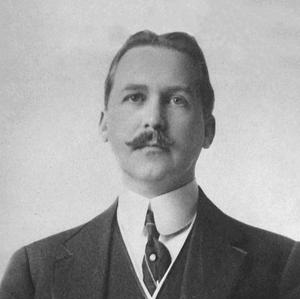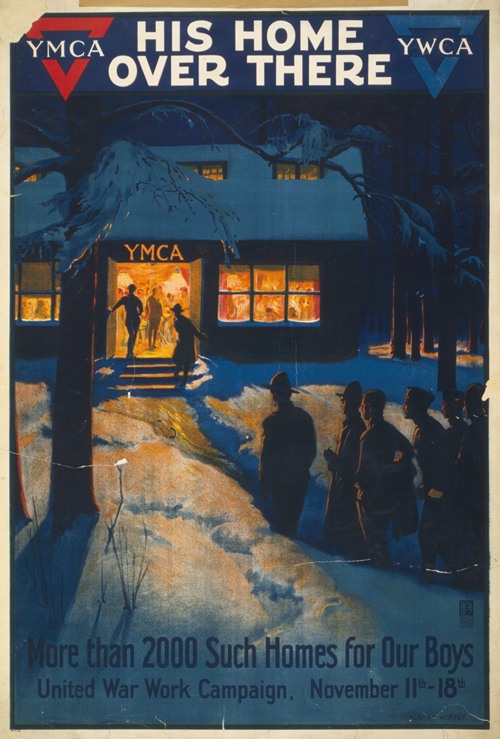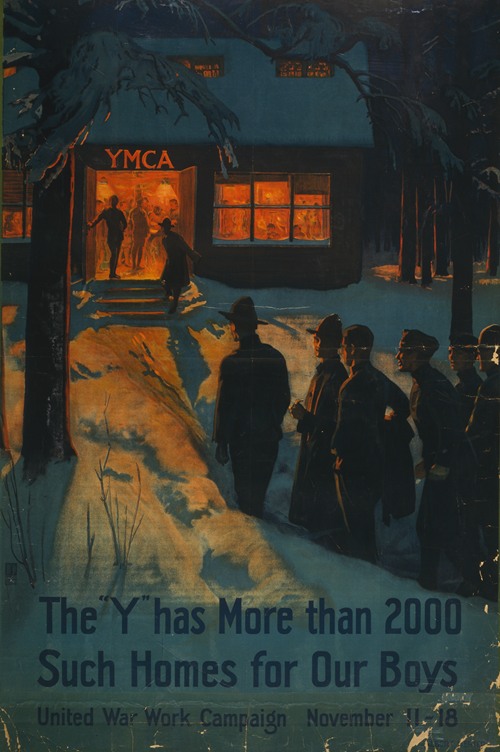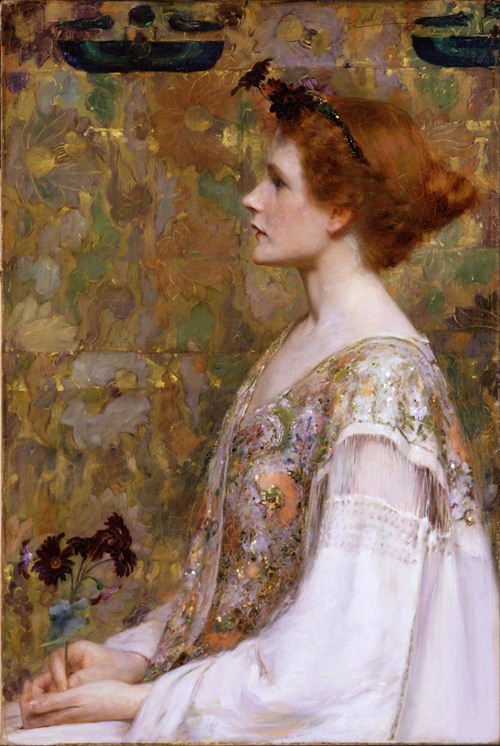

Albert Herter was an American painter, illustrator, muralist, and interior designer. He was born in New York City, studied at the Art Students League with James Carroll Beckwith, then in Paris with Jean-Paul Laurens and Fernand Cormon.
He came from an artistic family; his father, Christian Herter (1839–1883), had co-founded Herter Brothers, a prominent New York interior design and furnishings firm. Herter Brothers closed in 1906, and Albert founded Herter Looms in 1909, a tapestry and textile design-and-manufacturing firm that was, in a sense, successor to his father's firm.
In Paris, he met a fellow American art student, Adele McGinnis. They were married in 1893 and had three children: Everit Albert (1894–1918), Christian Archibald (1895–1966), and Lydia Adele (1898–1951). The couple honeymooned in Japan, then returned to Paris for the first years of their marriage. In 1898 they moved back to the United States and built a Mediterranean-style villa, called "The Creeks", in East Hampton, New York, with a studio for each of them. Herter's mother built a mansion, "El Mirasol," in Santa Barbara, California, where the family spent the winters. Following his mother's death, Herter and his wife renovated the mansion and converted it into a boutique hotel. Son Everit and daughter Lydia also became artists although Everit was killed at age 24 in World War I. Son Christian became a politician, serving as governor of Massachusetts and later U.S. Secretary of State under Dwight D. Eisenhower. Adele Herter was a founding member of New York City's Cosmopolitan Club, and is remembered as a painter of still lifes and "Society" portraits.
Herter had an extraordinary early career, at age 19 receiving an honorable mention at the Paris Salon (1890, La Femme de Buddha), and winning prizes from the Pennsylvania Academy of the Fine Arts (1897 Lippincott Prize, Le Soir), the American Watercolor Society (1899 Evans Prize, The Gift of Roses), and elsewhere. He was awarded medals at the 1895 Atlanta Exposition (1830, The Muse), the 1897 Nashville Exposition (The Muse), the 1900 Paris Exposition Universelle (Sorrow), and the 1901 Pan-American Exposition in Buffalo (Gloria, The Danaides).
Herter painted a 1912 life-size double portrait of his sons, Everit (left) and Christian (right), which his friend V. Everit Macy donated to the Metropolitan Museum of Art. Following Everit Herter's 1918 death in World War I, the Metropolitan returned Portrait of College Boys to the artist, and Macy donated Herter's Portrait of a Young Russian Nobleman in exchange.




